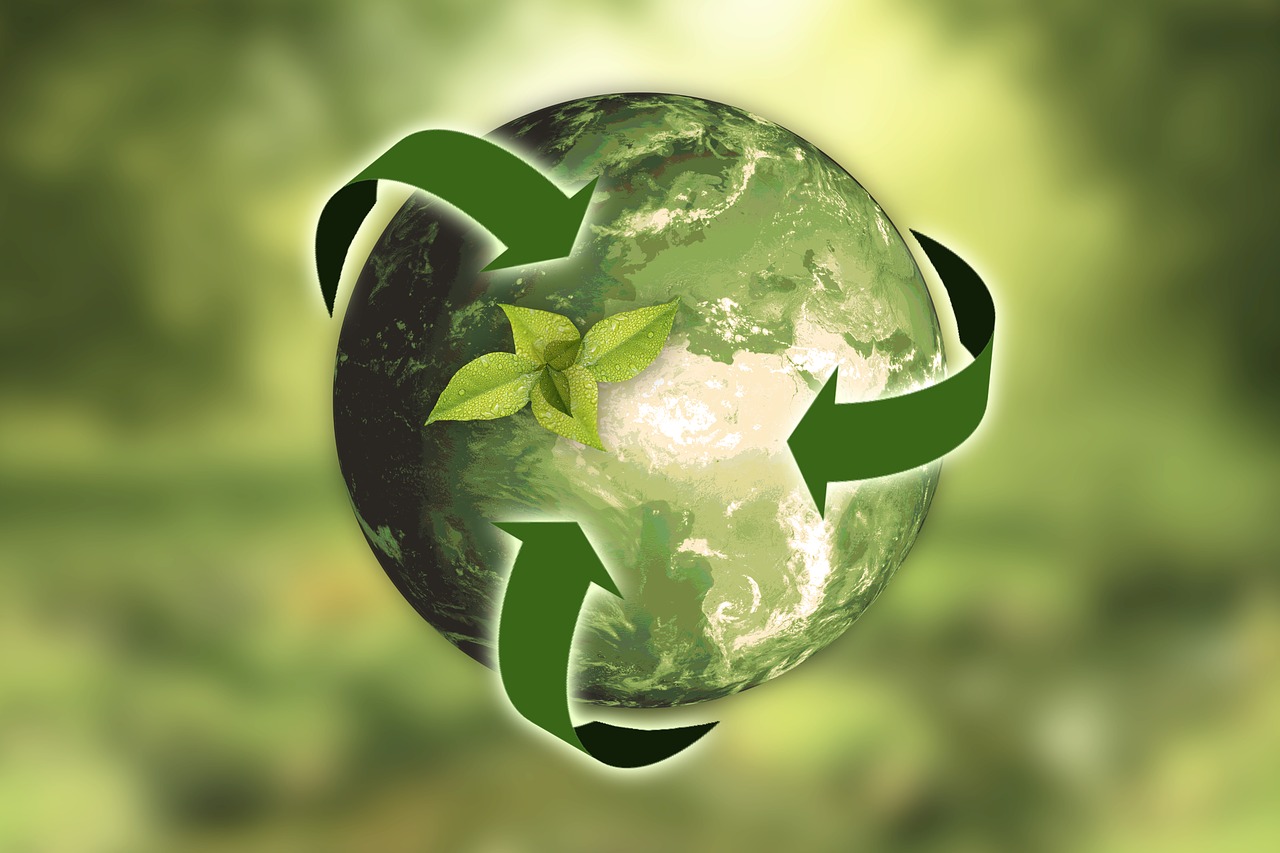Driving sustainability and social responsibility in supply chains
Sustainability and social responsibility must take a front seat to adapt to a changing world

The following is an opinion by Annie Agle, Director of Brand and Impact for Cotopaxi and does not represent the view of Reuters Events: Supply Chain
In today’s macro-environment of “volatility and uncertainty”, global supply chains face disruptions, weakened lines of communications, and increased risks to human rights and sustainability. While companies find themselves standing on uneven and shifting ground, further exaggerated by the COVID-19 pandemic, consumers’ expectations around transparency and ethical sourcing is hardening into a common set of expectations.
Companies that once deemed Corporate Social Responsibility (CSR) too expensive, now understand that every brand must invest in sustainability if they’re to survive. According to the Cambridge Institute for Sustainable Leadership, “Managing the environmental, social, and governance aspects of investments reduces the financial risk as well as the risk to people or the environment, and evidence shows that strong ESG analysis underpins resilient financial performance.” In this climate of forced transition, companies should start by looking for sustainability opportunities within their supply chain.
A company’s impact starts with its product design and sourcing, and now more than ever, business leaders should begin there when assessing their impacts on society and the environment. Regardless of a company’s motive for doing so, leadership should adopt sustainable supply chain management, which ensures that a product’s value chain adds value both to the product and to all stakeholders.
Further, there are sound reasons to root environmental, social, and governance (ESG) efforts within the supply chain. While supply chains can feel like unwieldy webs of dependencies subject risk, they also contain untapped opportunities for reputational and operational improvements. According to our logistics provider, Flexport, “Transportation is the second largest source of CO₂ emissions globally, and freight-related transportation can account for 30% to over 50% of a company's total carbon footprint.”
As part of my company’s, Cotopaxi’s, sustainable supply chain management (SSCM), we’ve reached both upstream and downstream into our chain to identify partnership opportunities that would create a more adaptable supply chain while also reducing our negative impacts and increasing our social and environmental commitments.
Flexport has allowed us to carbon offset all of our bulk shipping as well as create a policy of “Donate Don’t Destroy.” Historically, when brands have dealt with damages to product through shipments or other means, insurance protocols demanded that show “proof of destruction” to receive claim returns. This has meant that millions of tons of products are incinerated every year, destroying the natural capital inputs and value of the product as well as contributing to emissions.
With Flexport’s help, Cotopaxi was able to show “proof of donation”, when a batch of product was damaged during shipping. Working together, our two companies were able to forge a new path for companies wishing to donate, as opposed to destroying, damaged products. Further examples of collaborations across our value chain point to the manifold gains associated with pre-consumer alliances between companies, industry peers, suppliers, intermediaries, and civil society groups.
As a member of the Outdoor Industry Association and Sustainable Apparel Coalition, Cotopaxi was able to work with other brands in a shared factory to develop a cost-share audit program, where due diligence monitoring is supported by brands that compete with one another post-production. This keeps down costs, and more importantly, that supplier does not suffer from audit fatigue or competing, and sometimes differing, social and environmental expectations. By presenting a united front and inviting suppliers to join the conversation as an equal stakeholder, brands can create trust, elevate industry standards, and conserve resources.
While undertaking sustainable supply chain management can feel daunting, find courage through partnerships and nimble thinking. Globalisation is a fait accompli - the paste will never go back into the tube, and any supply chain manager is all too aware of just how many hands it takes to make a product. Instead of seeing those hands as holding risk as well as pieces of your product, start to see their potential to add and preserve value, not just to your product, but to society.
